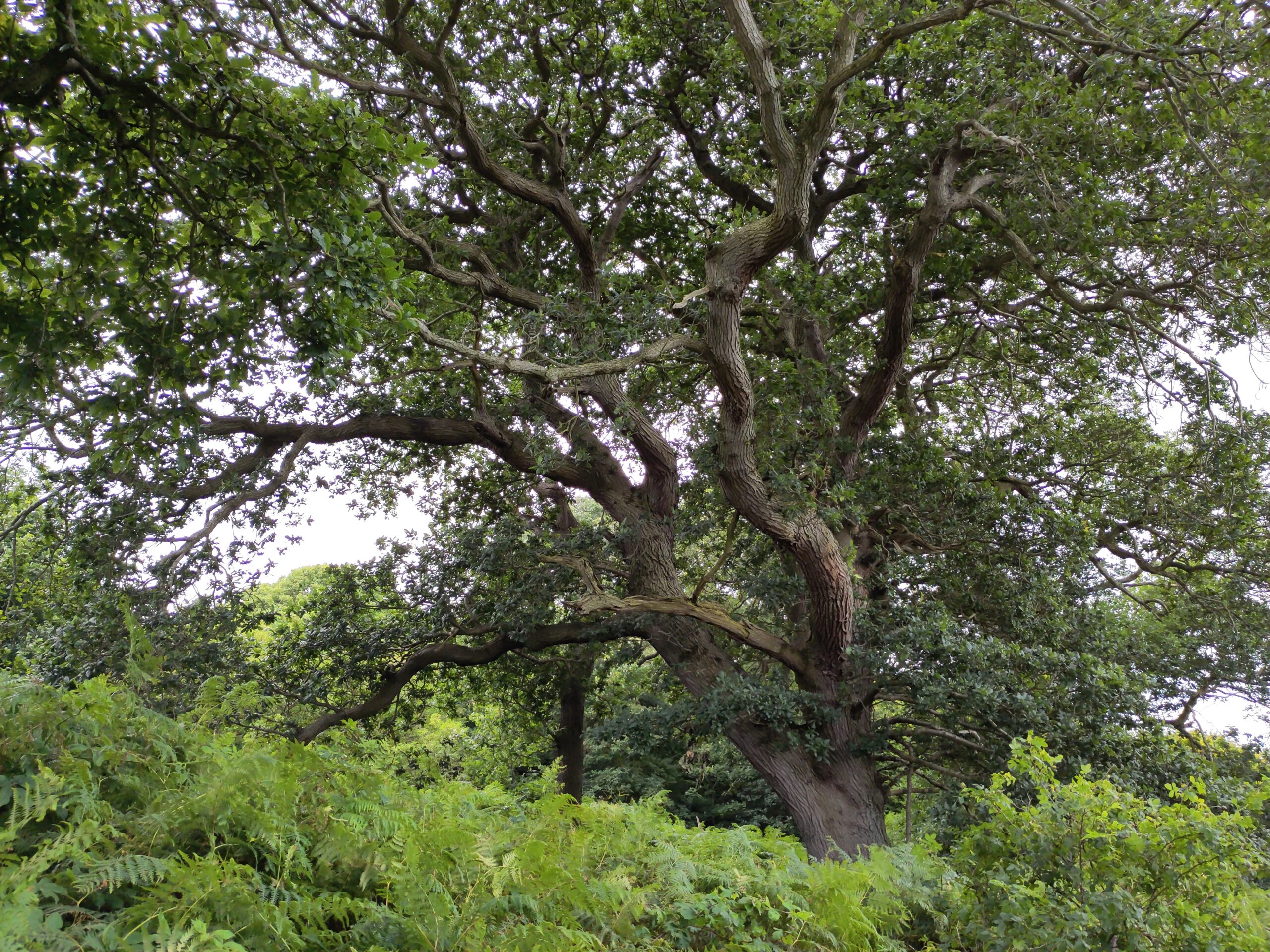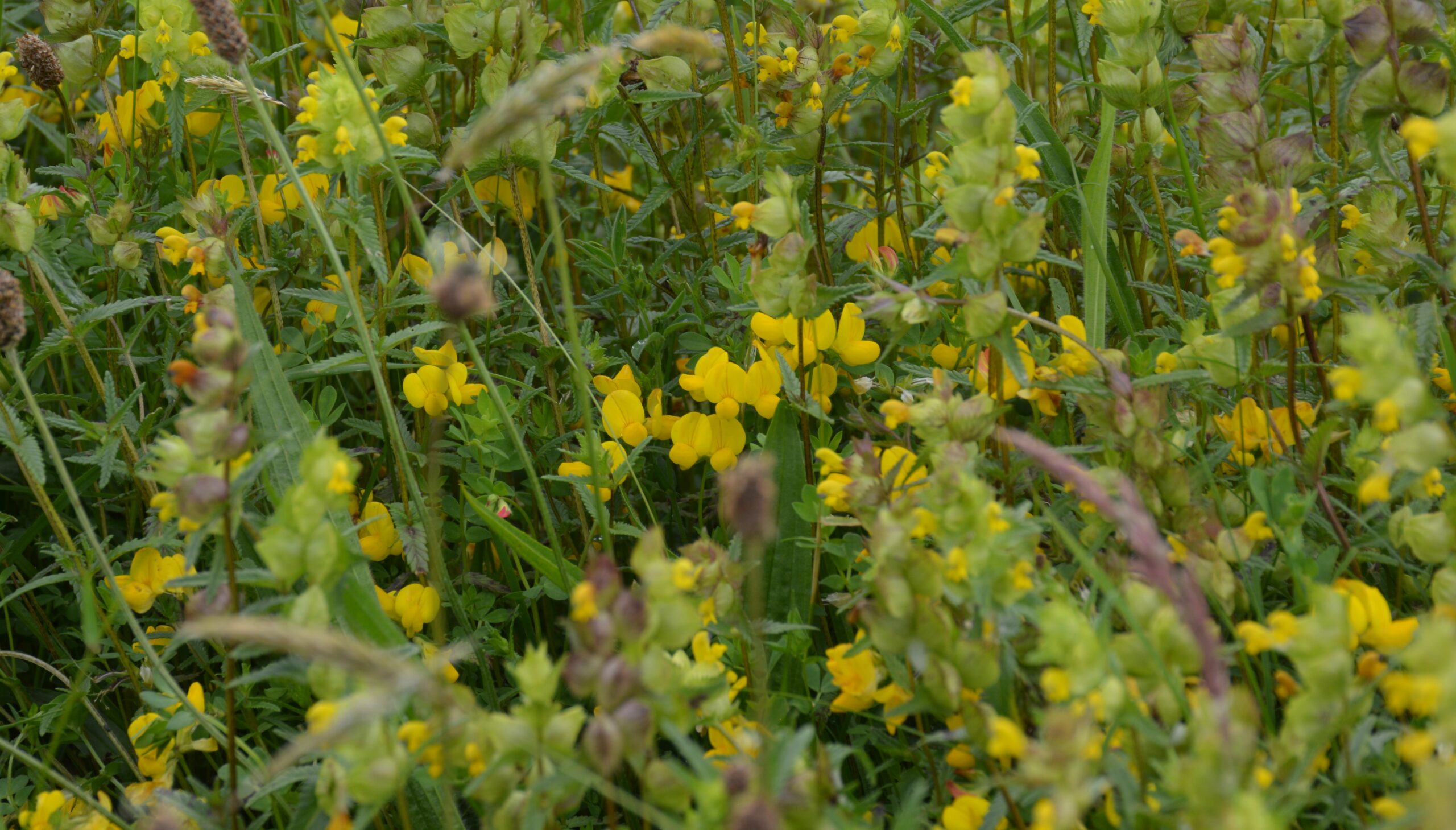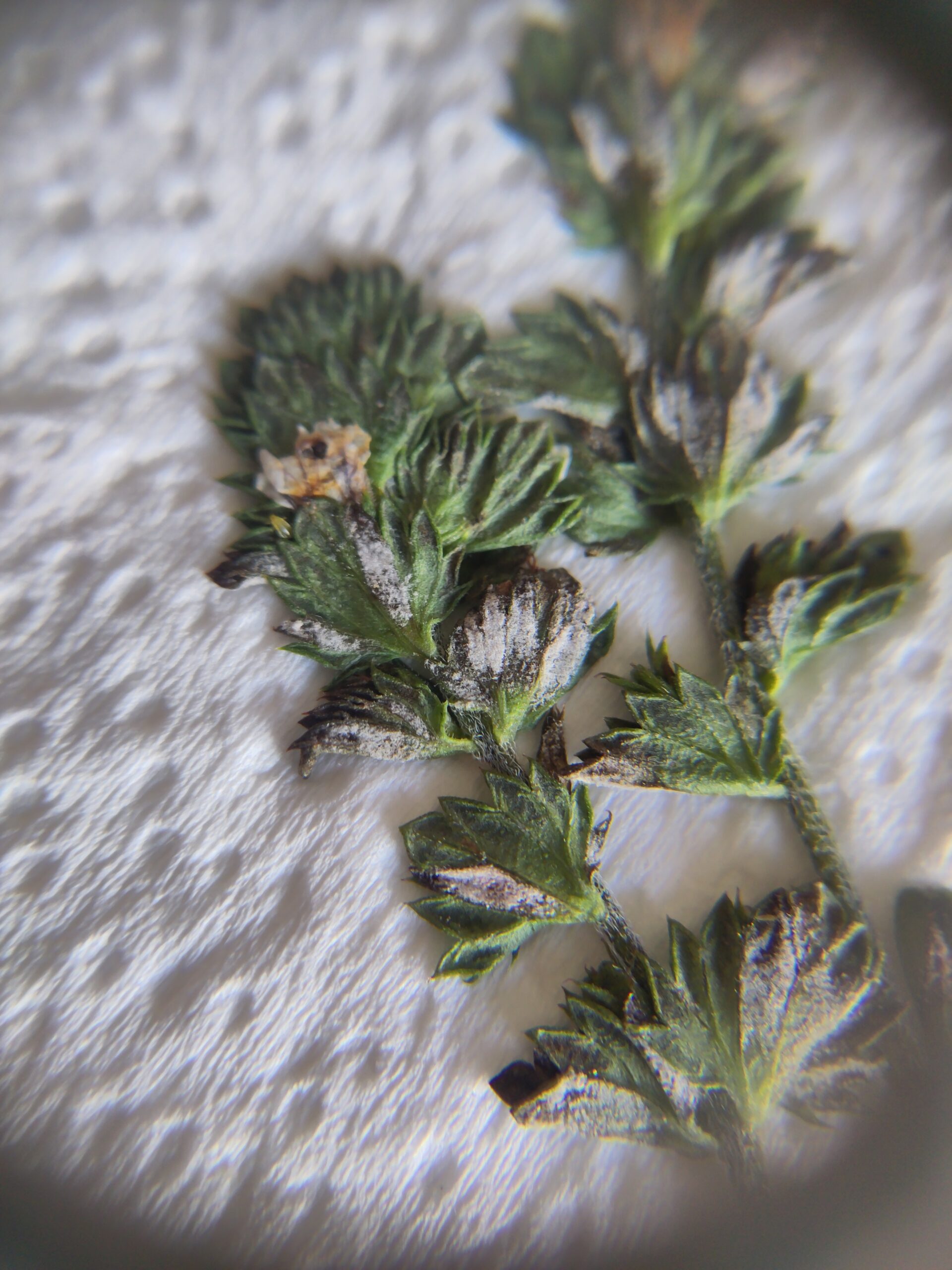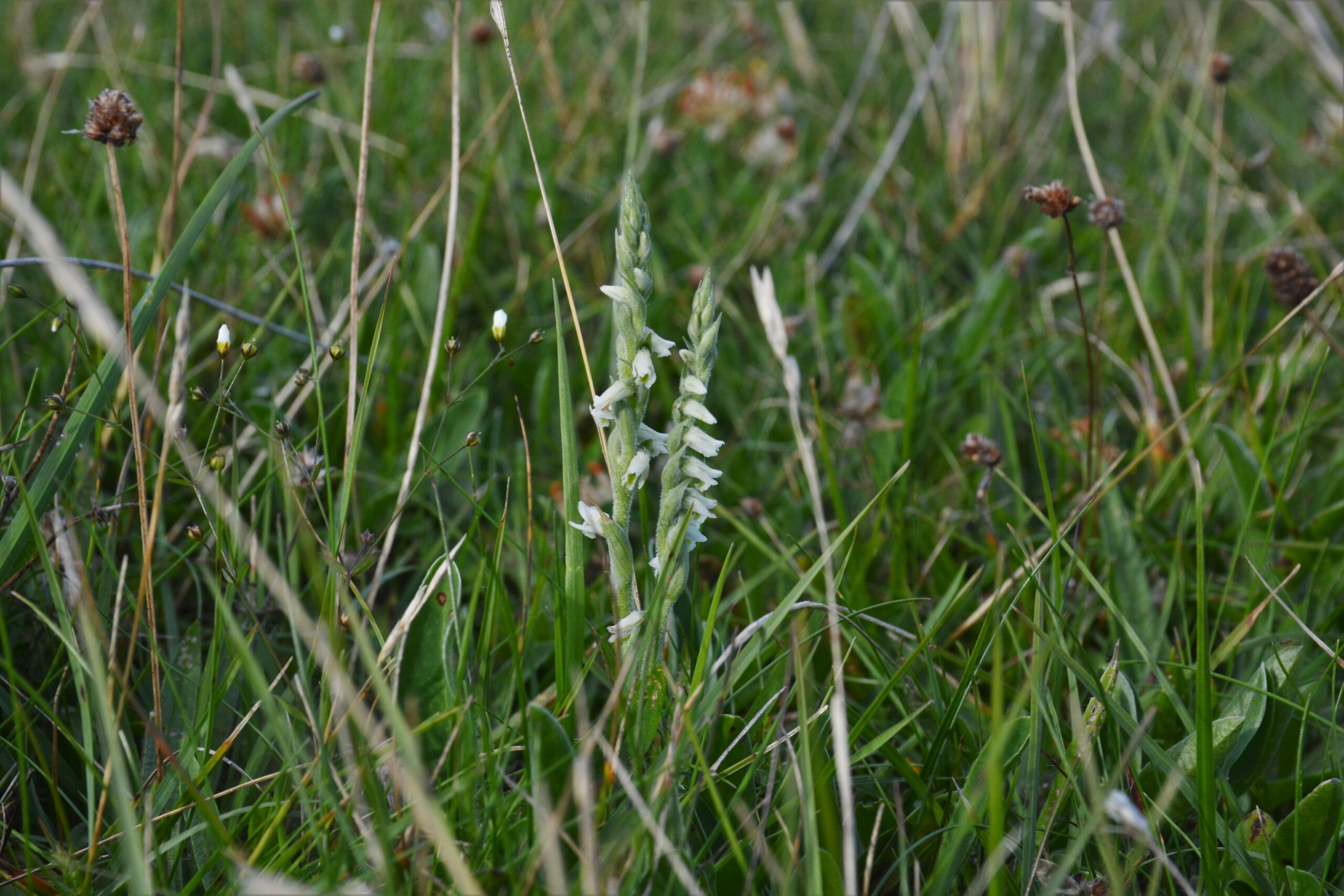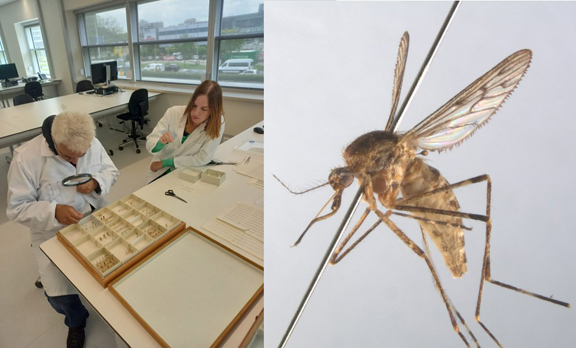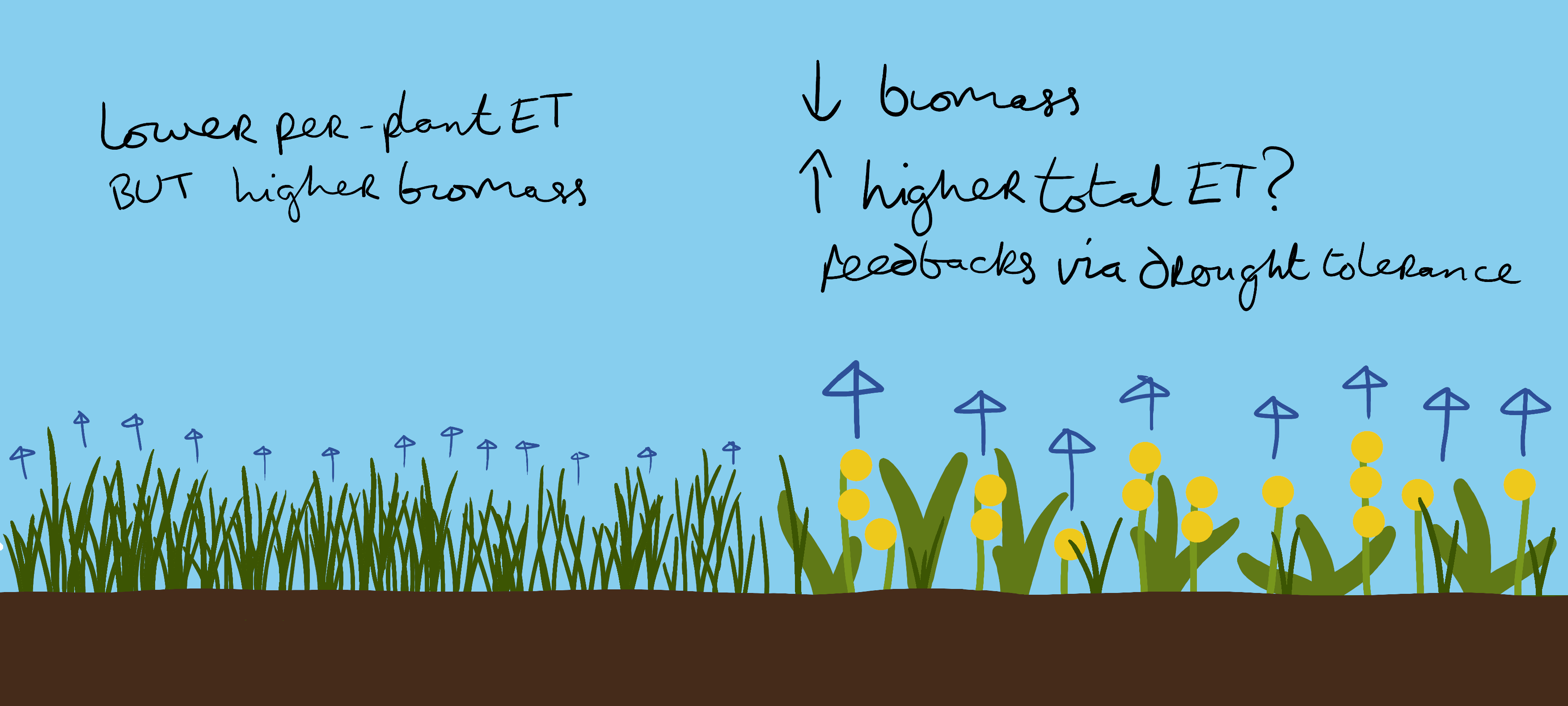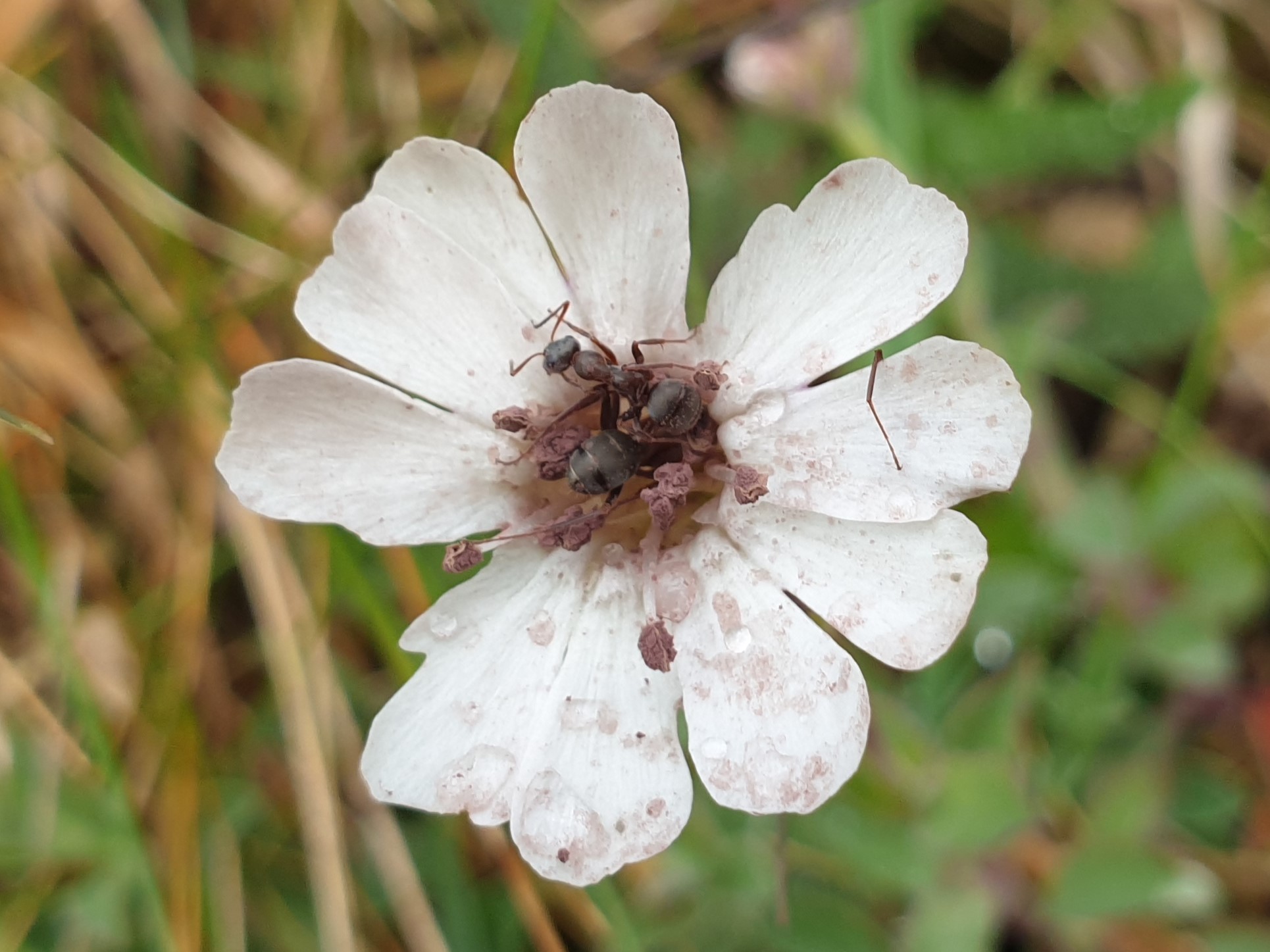
Disease is something few people love. There are exceptions though, particularly among those who appreciate the diversity and ecological role of plant disease. The early conservationist, Aldo Leopold, described the role of tree diseases in creating food and shelter for the animals on his farm in Wisconsin: I met Chris Preston, a Cambridgeshire botanist, when I was in the first year of my degree.
